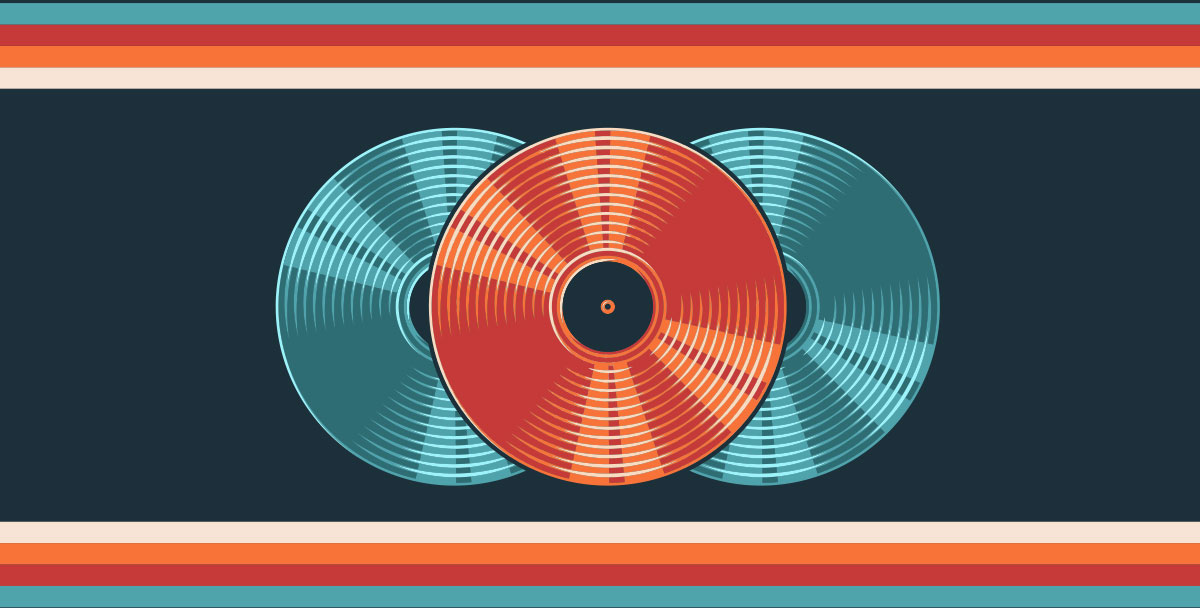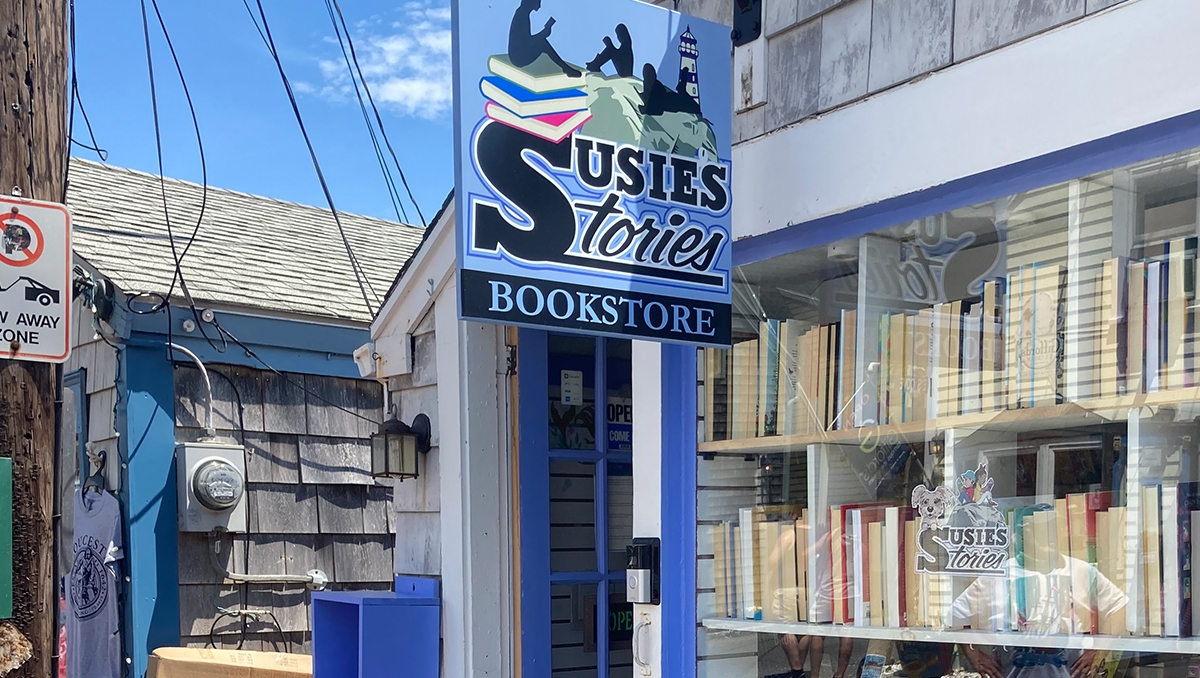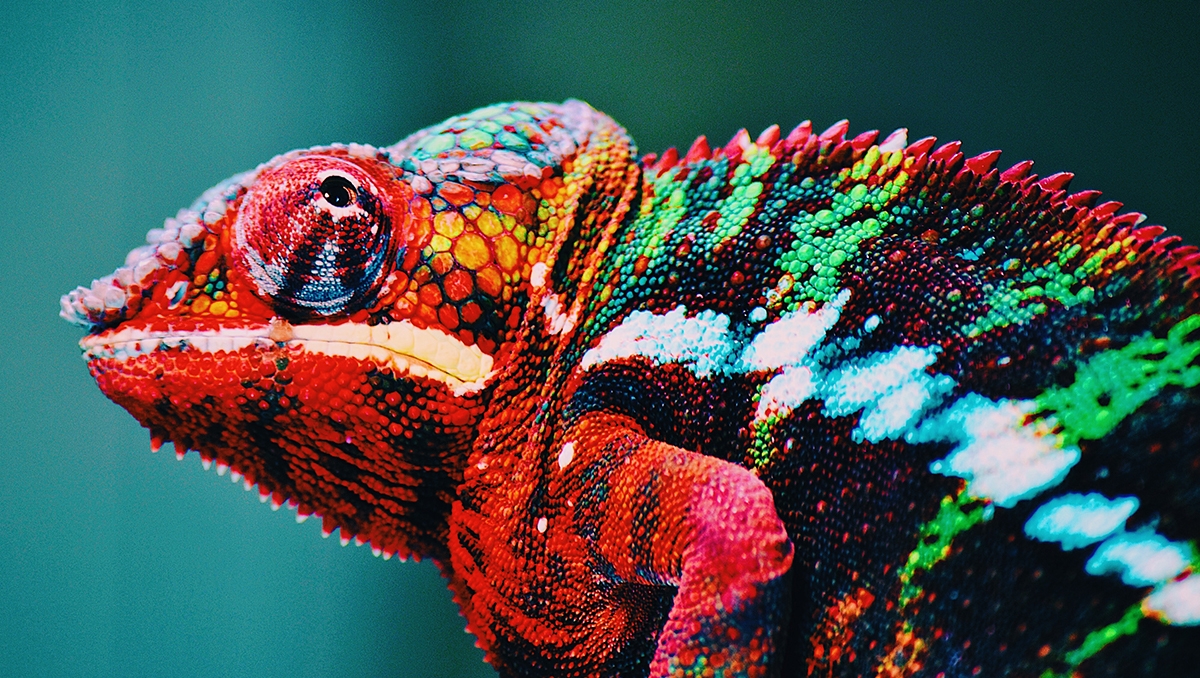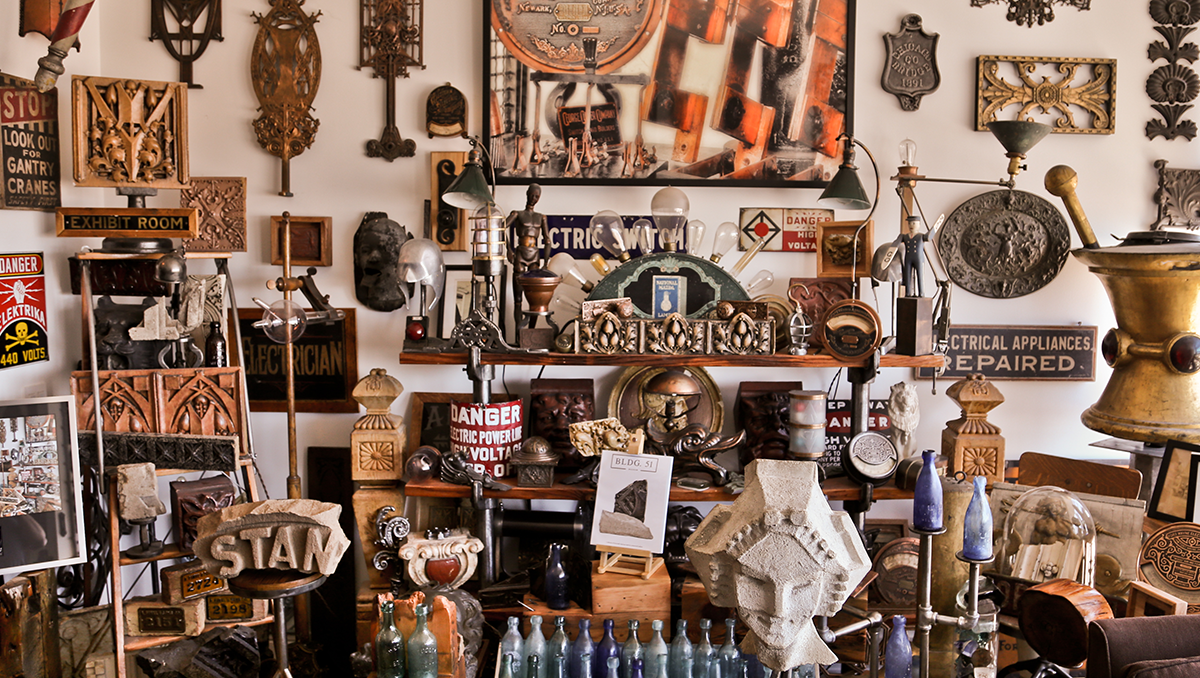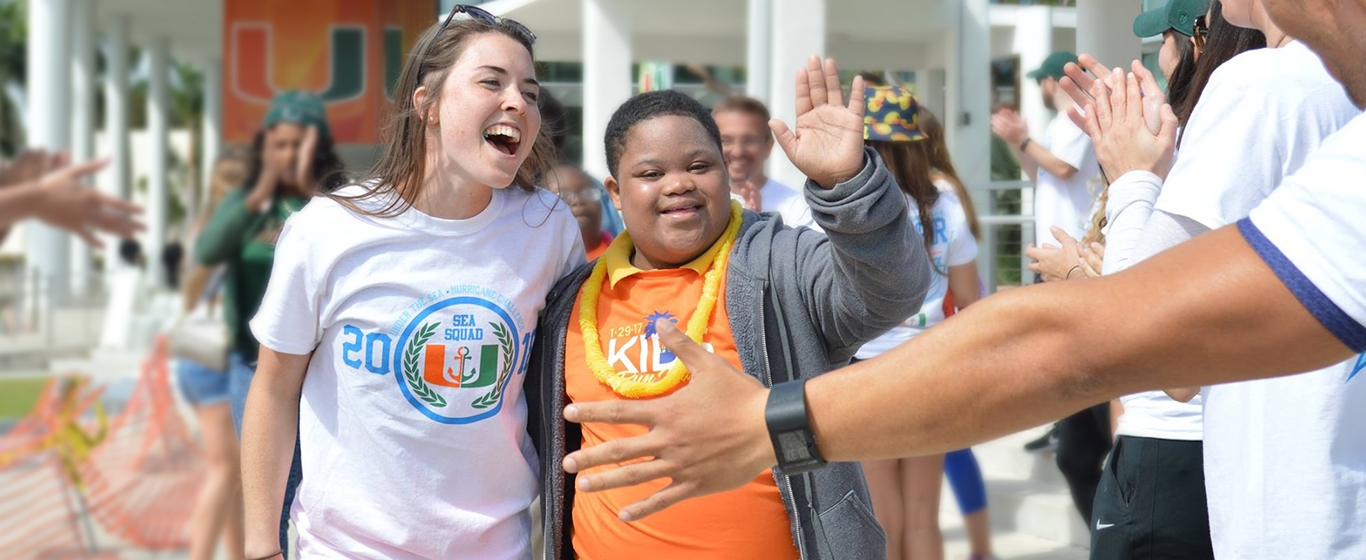In the late 1990s and through the 2010s, muscle cars were hitting their stride as collectibles and were starting to outpace Wall Street as speculators picked up formerly run-of-the-mill cars and sold them at a tremendous profit.
In 2004, for example, the S&P 500 had increased 8.99% after a healthy 26.38% gain in 2003. But that was after three consecutive years of double-digit losses as bad as 23.37% in 2002.
At the same time, major classic car auction houses like Barrett-Jackson®, RM Sotheby’s and Mecum set record after record with muscle car prices. An unrestored Plymouth Hemi 'Cuda convertible with an original MSRP of $4,348 in 1971 sold at auction in 1999 for $405,000, and then went on to sell at a Mecum auction in 2014 for a record-setting $3.5 million.
In 2004, when the muscle car market was poker hot, Hemmings Motor News interviewed investment banker Jim Rogers. Rogers had made a fortune after co-founding Quantum Fund with George Soros, managing a portfolio which returned 4,000% at a time when the S&P index had only climbed 50%.
Rogers was also a car and motorcycle enthusiast, traveling the world on a classic motorcycle and writing a bestseller titled Investment Biker.
When the magazine asked what drove such high prices in the muscle car market, Rogers laid out the same scenario that seems to be driving the prices of vintage Subaru models today: “When a group gets prosperous, it wants to recapture its youth.” With muscle cars, it was baby boomers. With Subaru, it’s a much younger audience with a bit of disposable income.
A New Generation of Collector Car Buyers
As baby boomers have given up ground to Gen X, Gen Y and Gen Z in the collector car market, the cars that they’re nostalgic for have also changed and the way those cars are purchased is changing too.
Classic Subaru models are still underrepresented at the big live auctions. The Barrett-Jackson Auction’s results going back to 2012 show just 10 Subaru vehicles to cross the block in the past decade. Prices ranged from $9,350 for a 1970 Subaru 360 2-door coupe sold at the Scottsdale auction in 2015, to $27,500 for the 2006 WRX that was customized for the movie Baby Driver, which sold in Scottsdale in March 2021.
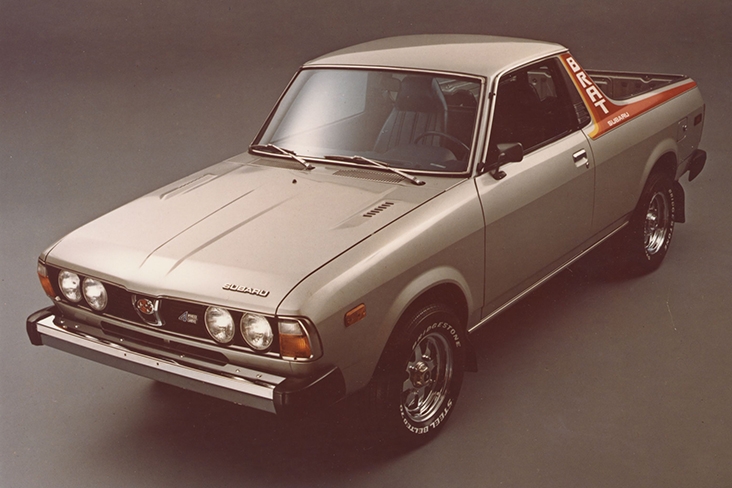
But the big money changing hands for classic and specialty Subaru vehicles is online. Bring a Trailer (BaT) launched in 2007 as a blog where co-founder Randy Nonnenberg wrote about vintage cars he found on Craigslist, eBay and other classified sites.
In 2014, Nonnenberg and his small group of employees built a bespoke auction site. Since then, the site has grown to massive proportions, selling nearly $829 million worth of classic vehicles in 2021, handily beating the annual tally at televised live auctions like Mecum by 30%. (BaT was sold to Hearst Autos in 2020, where it resides in an automotive portfolio with iconic automotive publications like Road & Track.)
Compare the sheer number of Subaru vehicles on BaT to Barrett-Jackson’s 10 Subaru models sold in a decade. Since the auction site launched, around 300 Subaru vehicles have crossed the virtual block.
BaT not only provided a new way to purchase a classic vehicle. It also reflected the types of cars that a younger audience was interested in, focusing more on the nostalgia of Gen X, Gen Y and younger, than the baby boomer audience at the traditional auction houses.
“We see strong interest in Subaru vehicles from all eras because of the strong connection that buyers have with the brand,” Nonnenberg says. “That can be from the early days of 4WD in ski towns and foul weather, or due to the strong connection of STI models in rally and motorsport, or … due to the desire to have that super-clean Legacy or WRX that was way nicer than you could afford back then. All those models come up on Bring a Trailer every week, and buyers are hungry for them.”
According to Andrew Newton, senior auction editor for classic vehicle insurer Hagerty®, those demographics line up perfectly with the kinds of people who are interested in Subaru vehicles as collector vehicles.
“Millennials make up 20% of the collector car market,” Newton says, outpaced by baby boomers by nearly a factor of two. Yet the data he supplied shows that this group of buyers born between 1981 and 1996 quotes 45% of the WRX models insured by Hagerty.
“Gen Z” – which only represents 6% of the market, according to Newton’s data – “requested quotes for 20% of the WRX models in our database,” he says.
As you’d expect, many of the cars up for auction are WRX based. Of the 300 or so cars that have been auctioned since 2014, 112 are from the WRX family. In the past year, the bulk of these cars sold in the $35,000 range.
The least expensive WRX to sell in the past 12 months was a 2005 WRX STi with 138,000 miles that fetched $15,000.
At the other end of the spectrum, though, was the 40,000-kilometer 1998 Subaru Impreza 22B STi. On April 19, 2021, bidding closed on this World Rally Blue STi at a record-setting $312,555, a figure that not too long ago was reserved for classic muscle cars of the 1970s.
In 1998, Subaru built just 400 of the 22B STi models for the Japanese market. This particular vehicle was imported to the United States in 2020 under a “show and display” exemption to the DOT’s rule that restricts home market cars from importation for road use. We described the 25-Year Import Rule in our story about a Subaru Vivio RX-R in 2021.
Yet, even cars that were once available for sale at U.S.-based Subaru retailers are finding buyers. An example of the WRX STI S209 that we featured in 2020 sold in June 2021 for $75,209, about $12,000 more than it sold for new.
Truly Special Cars Bring Top Dollar
Like all collector cars, classic Subaru models with a story attached will typically sell for more than their pedestrian cousins. For example, you could buy a 14,000-mile 2014 WRX STI in the $44,000 range, but if you wanted the one that was modified by Vermont SportsCar for use in the 11th installment of Gymkhana and driven by Travis Pastrana, you would’ve had to outbid the winner who paid $85,600 for it in December 2021.
“Around 2017 is when it appears that [2002 to 2007 WRX models] stopped depreciating,” says Newton. “Over the last five years, Condition #2,” which Newton describes as excellent, “values are up 78 to 80% for the WRX and 66 to 68% for the STI.”
Newton mentions that Hagerty’s observed median value for WRX models that Hagerty quotes is down slightly over the past five years. “I think part of this is due to relaxing our underwriting guidelines, which let in a large number of cars in [less than excellent] condition,” he says.
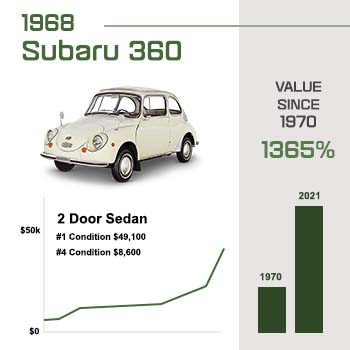
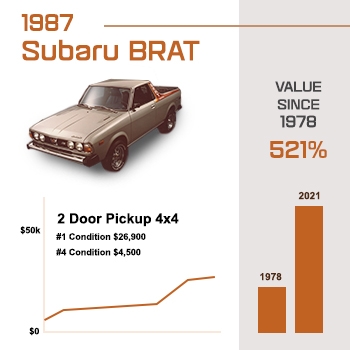
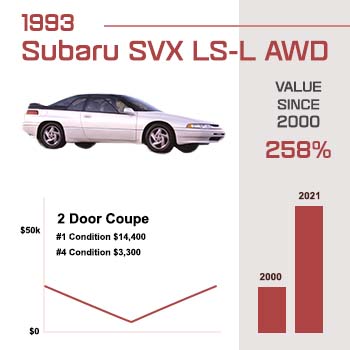

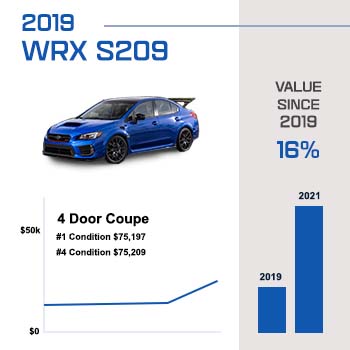
Newton also points out that quote volume skyrocketed by 405% in the same time period. It’s not just the WRX STI that’s selling for top dollar. Back in the early days of the online auction, BaT sold a 1978 Subaru BRAT with just 2,500 original miles for $46,198.
And the days of scoring a smoking deal on a Subaru SVX appear to be gone. Prior to 2020, the top price paid for any Subaru SVX on the auction site was $8,700. In the past year, seven have sold for more than that. At the top was a 1996 Subaru SVX LSi with 57,000 original miles that sold for $20,000.
The Subaru Baja, sold in the United States from 2003 to 2006, had an original MSRP of $22,495. In November 2021, an example with 47,000 miles sold for $25,550.
Even the Subaru 360, like the one Barrett-Jackson once sold for $9,350, now sells for major money. On January 31, 2022, a 1966 360 Deluxe Sedan – originally destined for the home market – sold for $19,000. And a 1970 Subaru Sambar, the van variant based on the 360, sold for $36,000 in January of this year.
Buy What You Love
The advice for vintage Subaru enthusiasts is likely the same as that given to art collectors: “No one should enter the art market with an investment motive as their primary one,” James Lally, a New York-based art dealer told CNN in 2003. In other words, buy what you love.
